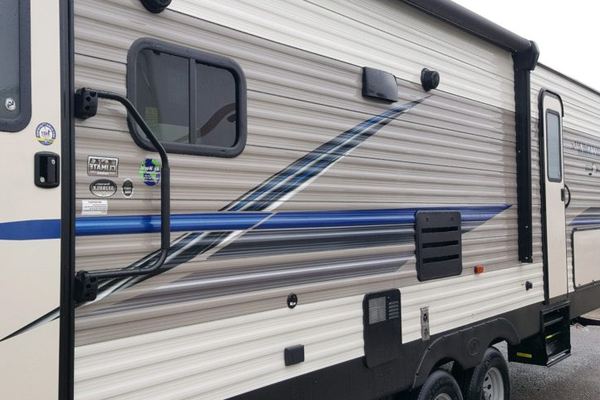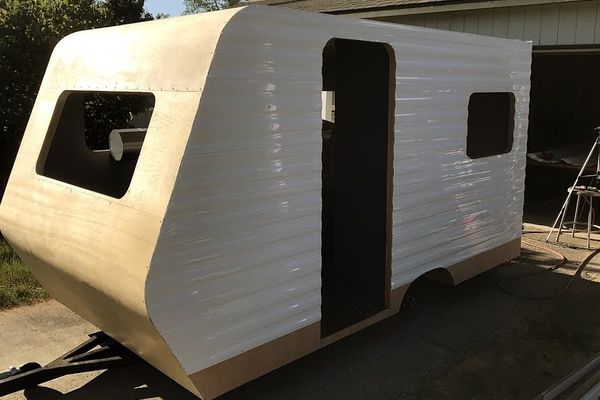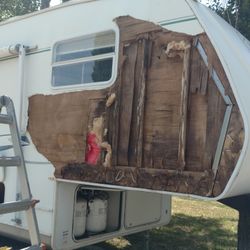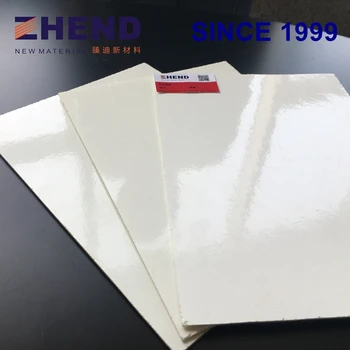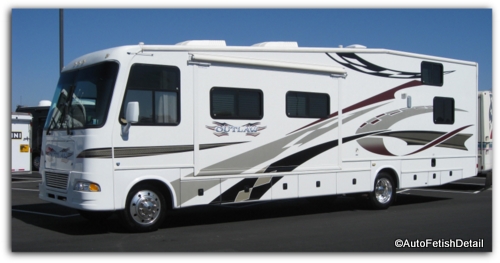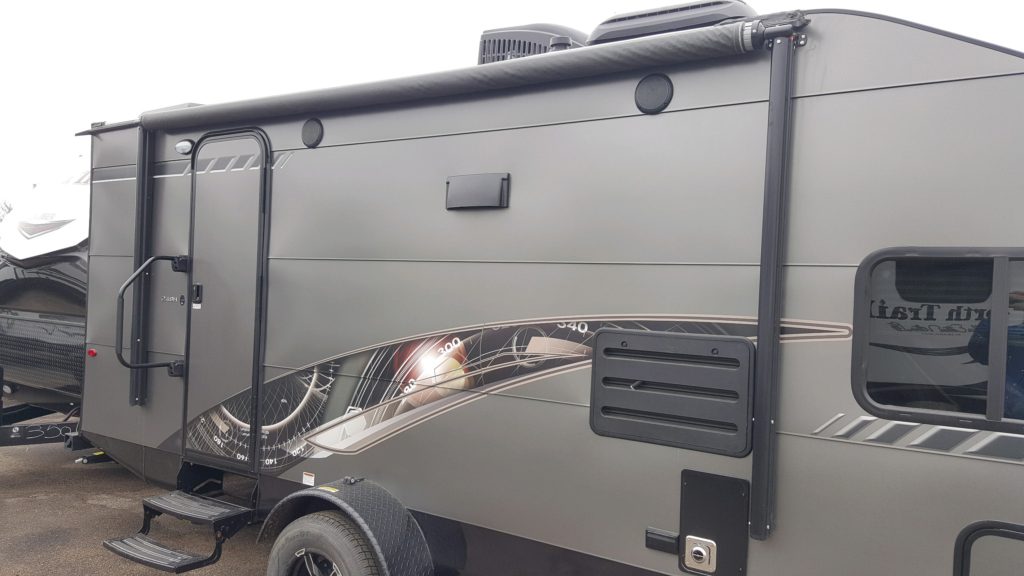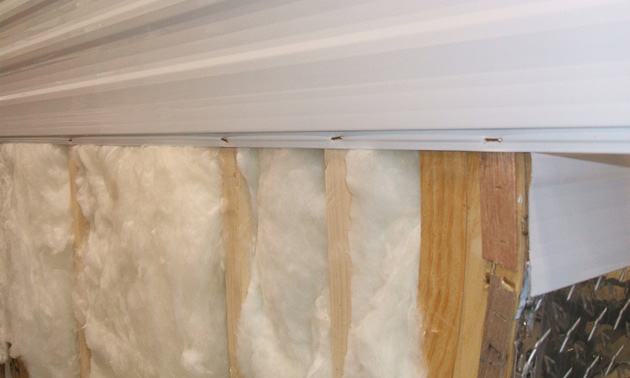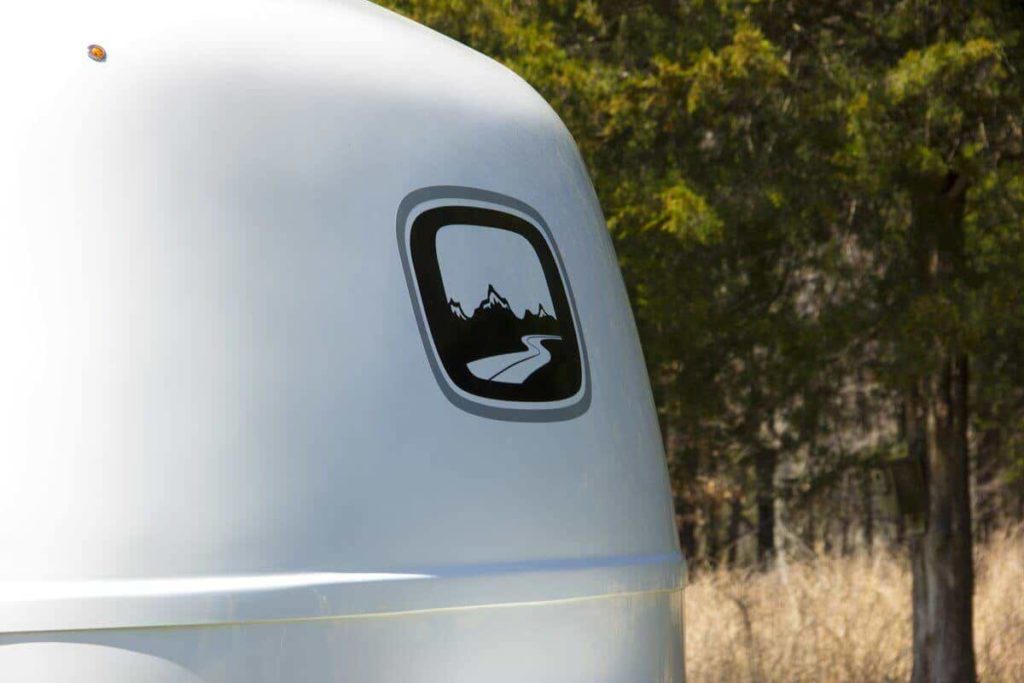Cleaning Fiberglass Rv Siding

Although the rv siding is the target for maintenance it will be efficient to include the roofing especially if it is covered with fiberglass.
Cleaning fiberglass rv siding. Final washing there might be parts that still have some more persistent dirt stuck to them. This is the safest solution as bleach won t hurt your rv roof or siding. A sealant used for a brick and mortar home is created to bind to a different surface than an rv roof so don t go to your home depot and buy the wrong type of sealant. This cleaning solution is safe for rubber roofs but not necessarily for siding or decals.
Do not brush the material. Wipe in one direction only. This is how and what i used to polish and restore the shine to our fiberglass rv. Rinsing next rinse off the rv with clean water once you have scrubbed all of the sidings.
Working in sections apply the varnish with a sponge pad. Waxing at least once a year will keep the gel coat surface strong and prolong the life of the fiberglass. Allow it to dry for 5 10 minutes. If your rv has oxidation on the surface looks flat and feels chalky this m.
Start from the siding found on top of the rv and continue to that at the bottom. Rv roofs are typically made of aluminum fiberglass rubber and vinyl. A non leveling sealant will be used in the siding. Remove as much dirt as possible by scrubbing thoroughly.
Given that you have worn the proper equipment you will now have to sweep the surface for any debris including the roof. These materials necessitate a different formula. Remember to clean and dry one full side at a time. It is prudent to have your rv waxed with liquid or paste wax at least once a year to maintain the gloss.
Choose a cleaner with a wax additive to help with a clean finish and makes dirt harder to settle. However some people prefer to use tilex claiming it is stronger and more effective. If you rv needs restoring use a fiberglass polish to remove a layer of the fiberglass and apply a rubbing compound with an electric buffer after completing the washing process. The worst dirt and grime accumulation usually gathers on the front back and rearward side panels.

